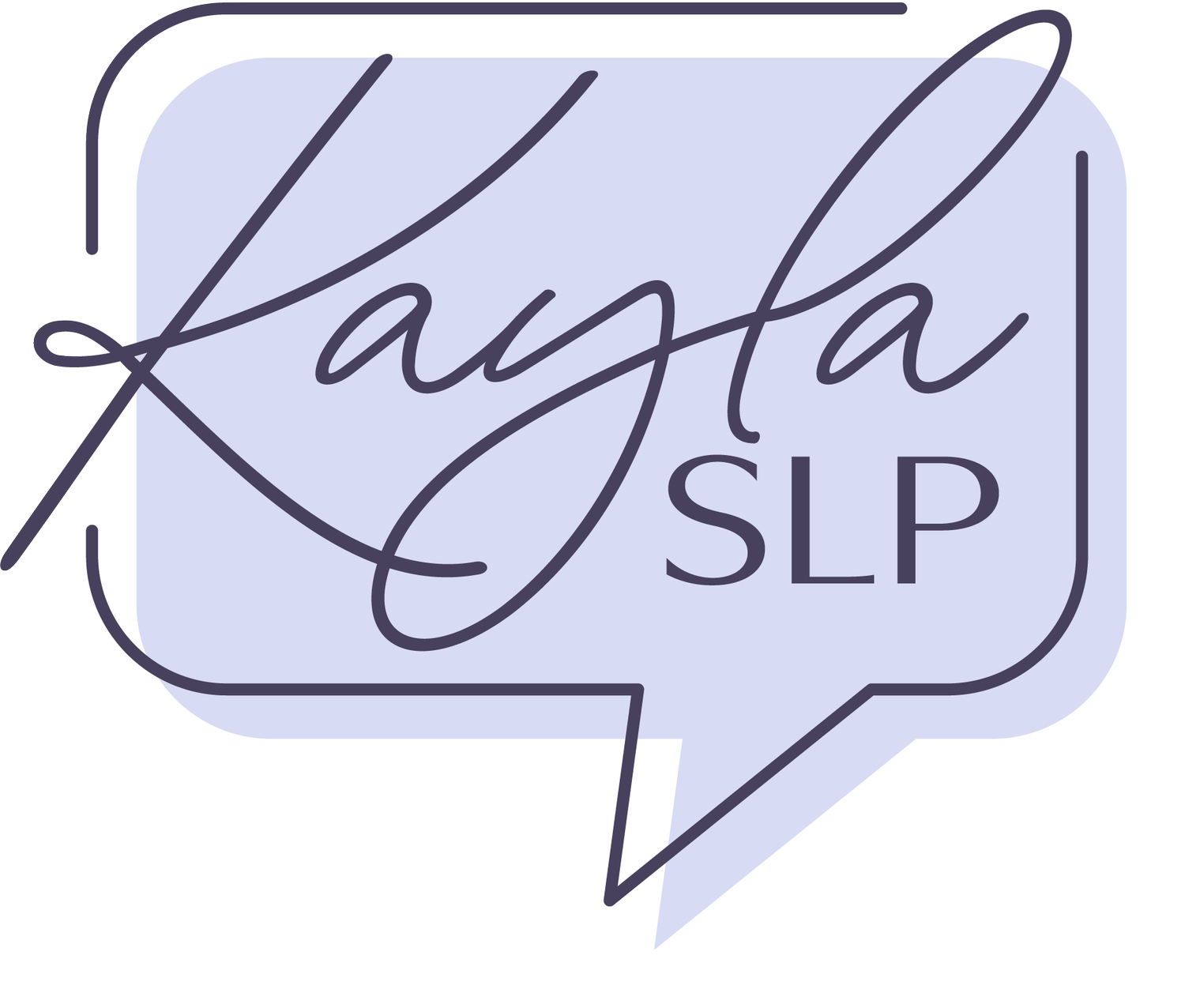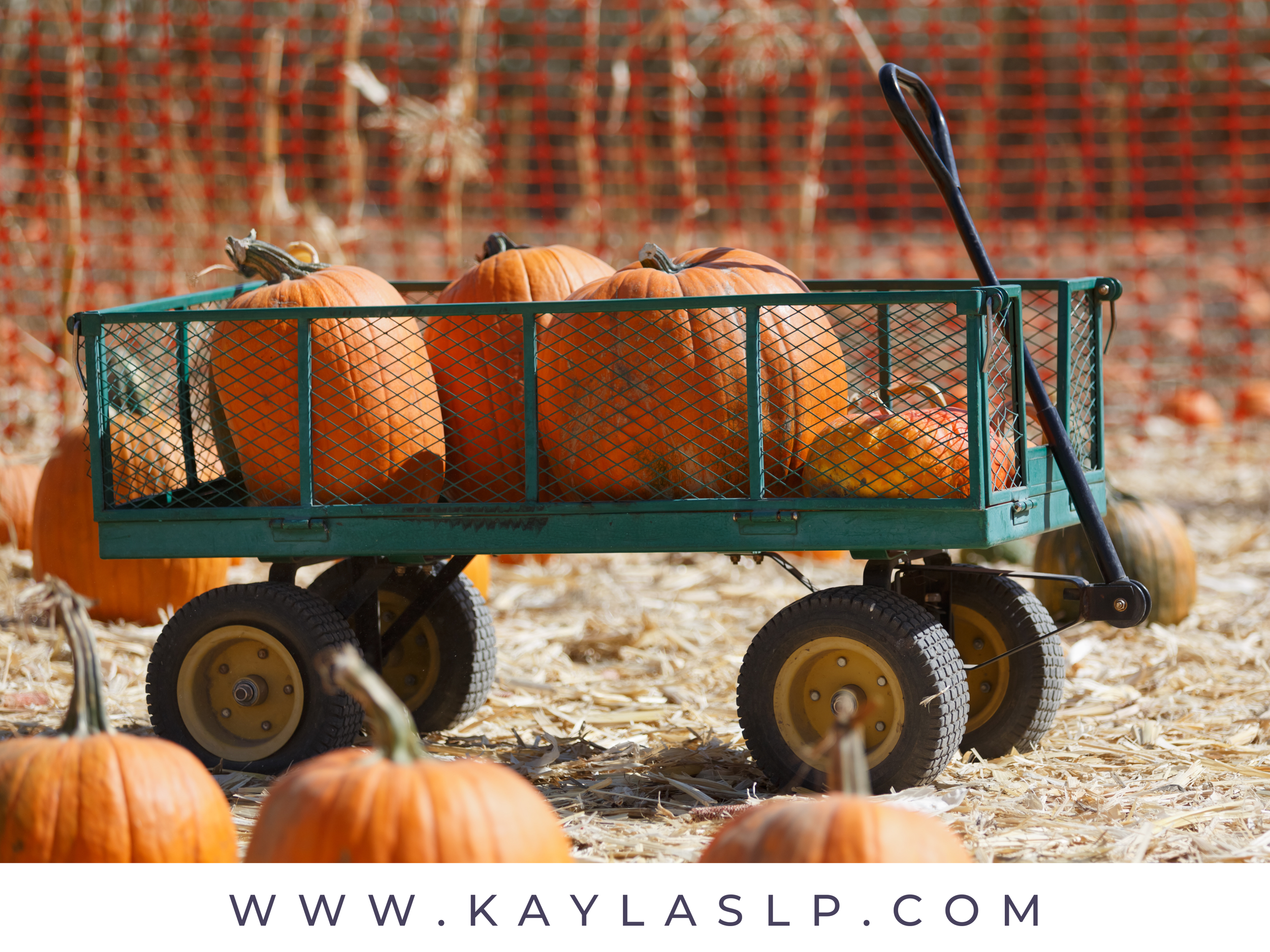Language Targets for Pumpkin Patch Visits
*As an Amazon Associate, I earn from qualifying purchases.
Why the Pumpkin Patch Is Great for Language
The crunch of leaves. The pop of bright orange pumpkins. The excitement of choosing the perfect one.
What seems like a simple fall outing is actually packed with language learning opportunities, especially when you know what to look for.
If you’re looking for an enriching weekend adventure, the pumpkin patch is a sensory-rich, vocabulary-heavy, experience-driven location. Language is everywhere, especially in places where children are engaged, curious, and actively involved.
Setting the Stage for Communication
Before stepping foot into the patch, a little prep goes a long way.
Choose the right location: Look for a pumpkin patch that’s easy to navigate, not overcrowded, and offers hands-on options like picking your own pumpkin, hayrides, or farm animal viewing.
Introduce themed vocabulary:
Nouns: pumpkin, stem, vine, leaf, wheelbarrow
Adjectives: bumpy, heavy, round, orange, dirty, clean
Verbs: pick, carry, roll, fall, push, find
Visual supports help prep expectations: A quick social story or picture schedule can make transitions smoother.
Practice choices and requests ahead of time: “I want the big one”, “Help me push”, “Where is the wagon?”
Making the Most of Every Moment
Here’s how you can embed meaningful language into every part of the pumpkin patch experience:
1. Describing & Vocabulary Building
Let kids explore the sensory elements of the environment and describe what they notice.
“That one is smooth and shiny.”
“This pumpkin is bumpy and round.”
“It has a long stem!”
Use describing words tied to the five senses: touch (bumpy), sight (orange), size (huge), etc.
2. Making Choices & Requests
Give the child opportunities to express preferences and needs:
“Do you want this pumpkin or that one?”
“Help me pick one!”
“Can we roll it?”
Encourage communication in any modality (verbal, AAC, gestures)
3. Comparing & Concept Words
Encourage observation and language expansion:
“This one is bigger than that one.”
“This pumpkin is lighter.”
“I see three small pumpkins and one large one.”
Use spatial concepts: under, beside, behind, on top
4. Sequencing & Narrative Development
Pumpkin patch visits naturally lend themselves to story-building:
Use visuals or photos to help the child retell the experience
“First, we walked to the patch. Then, I found a pumpkin. Next, I picked it up. Last, we brought it home.”
Create a mini storybook afterward using photos or drawings
5. Social & Pragmatic Language Opportunities
There are tons of natural moments to work on greetings, requesting help, and polite interactions.
“Hi, can I pick a pumpkin?”
“Thank you!”
“Let’s go together.”
Practice turn-taking with siblings or peers: sharing a wagon, waiting in line, taking photos
6. Following Directions & Listening
Target receptive language in a fun, movement-rich way:
“Put the small pumpkin in the wagon.”
“Roll the pumpkin to the sign.”
“Find a pumpkin that’s on beside a vine.”
Turn basic directions into an engaging scavenger hunt!
Tools & Supports for the Visit
Here’s how to maximize communication during the outing:
Bring the student's AAC device or low-tech board with activity-related words
Keep visuals or core words to a lanyard or clipboard
Use an “I need help” or “All done” visual if needed for regulation
Model language naturally: describe, comment, and expand the child’s utterances (“Yes! Big pumpkin!” becomes “That’s a really big pumpkin!”)
Bringing the Language Home
The learning doesn’t stop at the exit gate! Extend language growth by reflecting and retelling:
Retell the trip using drawings, photos, or sequence cards
Describe your pumpkin: color, size, shape, weight
Do a craft or activity: paint it, carve it, or decorate it with stickers. Each step offers more opportunities for language
Home practice: use new words in other settings (“That rock is bumpy like the pumpkin!”)
Mini Activity Ideas
“Pumpkin Detective”: Describe the pumpkin and have others guess which one you picked
“Pumpkin Sort”: Sort by color, size, texture
“Pumpkin Parade”: Line up pumpkins by size or shape
“Story Stickers”: Use stickers on a pumpkin to create characters and tell a story
You Can Turn Fall Fun into Language Growth!
By looking through a language lens, we as SLPs and caregivers can turn every wagon ride, pumpkin pick, and photo op into a golden opportunity for meaningful language development.
So grab your visuals, prep your pumpkin phrases, and let’s head to the patch, because language is everywhere.
Love this post?
Pin it for later!
Save this blog post to your favorite Pinterest board so you can come back to it anytime.


